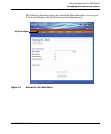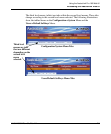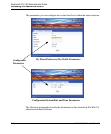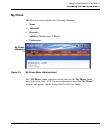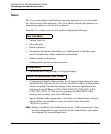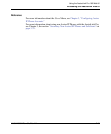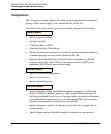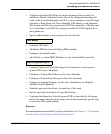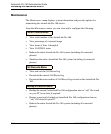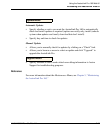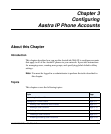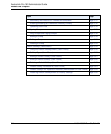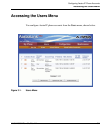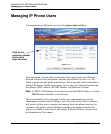
Accessing the AastraLink Web UI
41-001190-02 Rev. 01, Rel. 1.2 2-15
Using the AastraLink Pro 160 Web UI
• Configure individual FXO lines for which incoming calls are routed. In
addition to Default (which will send calls via the configured incoming call
route on the auto-attendant page) and SLA, you can configure a specific target
extension, a Ring Group, the Auto-Attendant, FXS phones, or the Operator.
This feature also allows you to provision FXO lines regardless of the line state
(i.e. even if there is no FXO line voltage) to enable for FXO loopback door
entry phone use.
• Specify abbreviations to use on phones in your network
• Configure SIP trunks
• Add/delete SIP direct inward dialing (DID) numbers
• Configure AastraLink trunks
• Add, Delete, or reboot MBU 400 units in your AastraLink Pro network.
• Configure Open and Closed Greetings for the interactive voice response
system (IVR) (Auto-Attendant)
• Configure a Custom Main Menu for the Auto-Attendant
• Configure a Custom Key Message for the Auto-Attendant
• Configure Language Greetings for the Auto-Attendant to use (English
(default), French, Spanish)
• Schedule open and closed hours for each day of the week
• Specify open and closed hours for specific holidays
• Configure the Interactive Voice Response (IVR) system (dial by first name,
dial by last name, upload custom menu, record custom greeting, specify keys
to use in the IVR system menus)
Reference
For more information about the Configuration Menu, see Chapter 4, “Configuring
AastraLink Pro 160 System and Network Parameters.”
VoIP Menu
Auto-Attendant Menu



